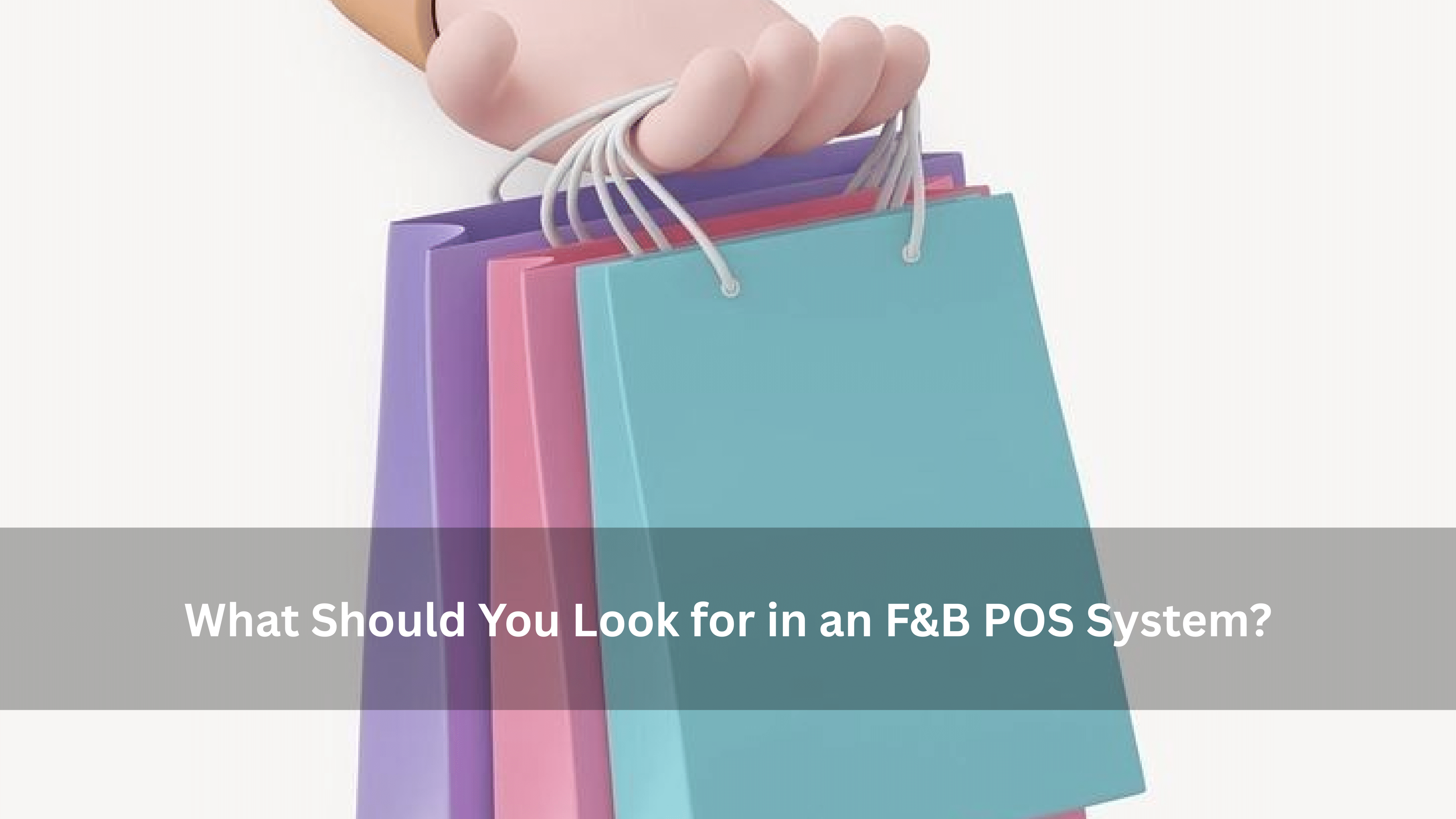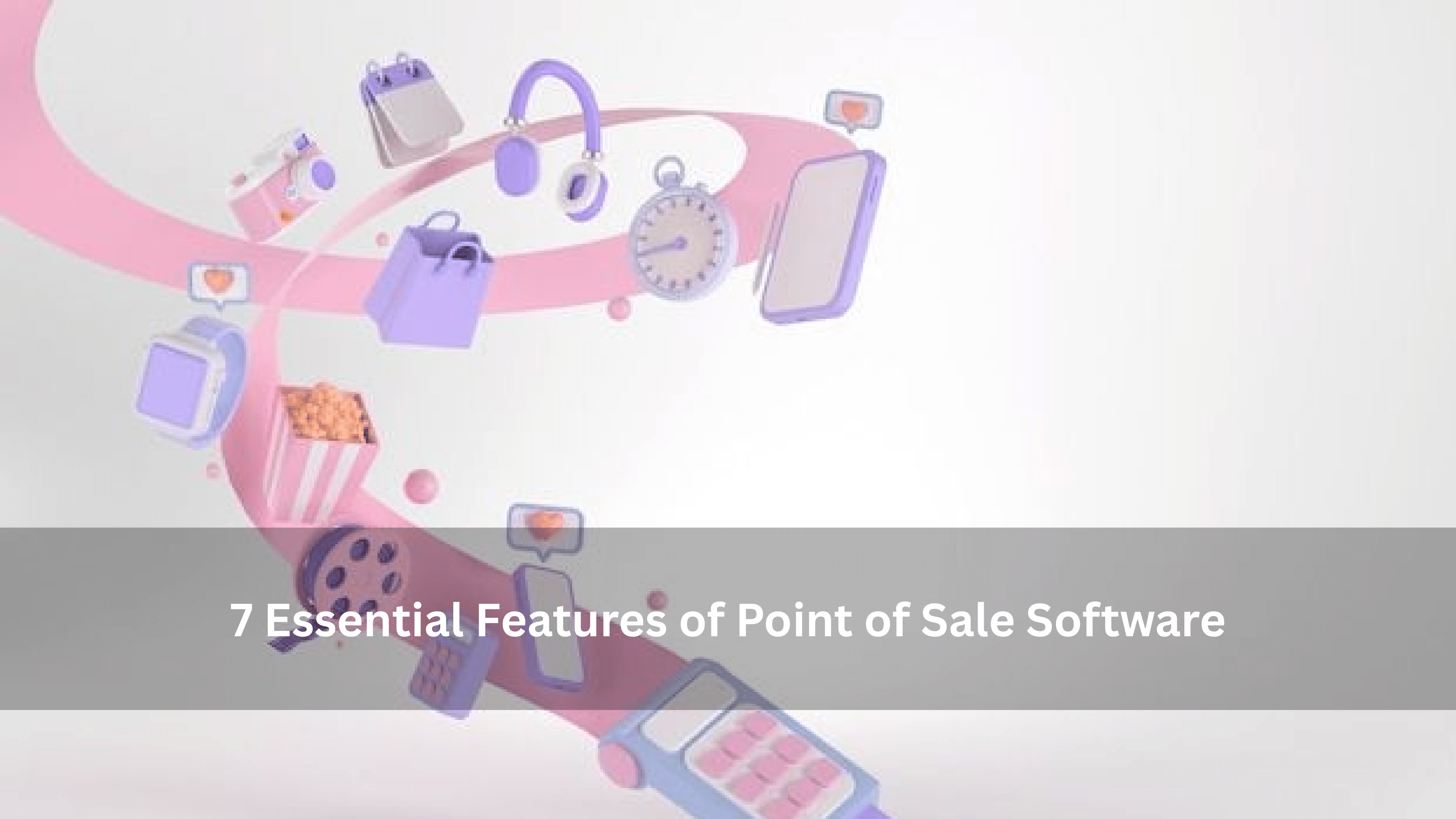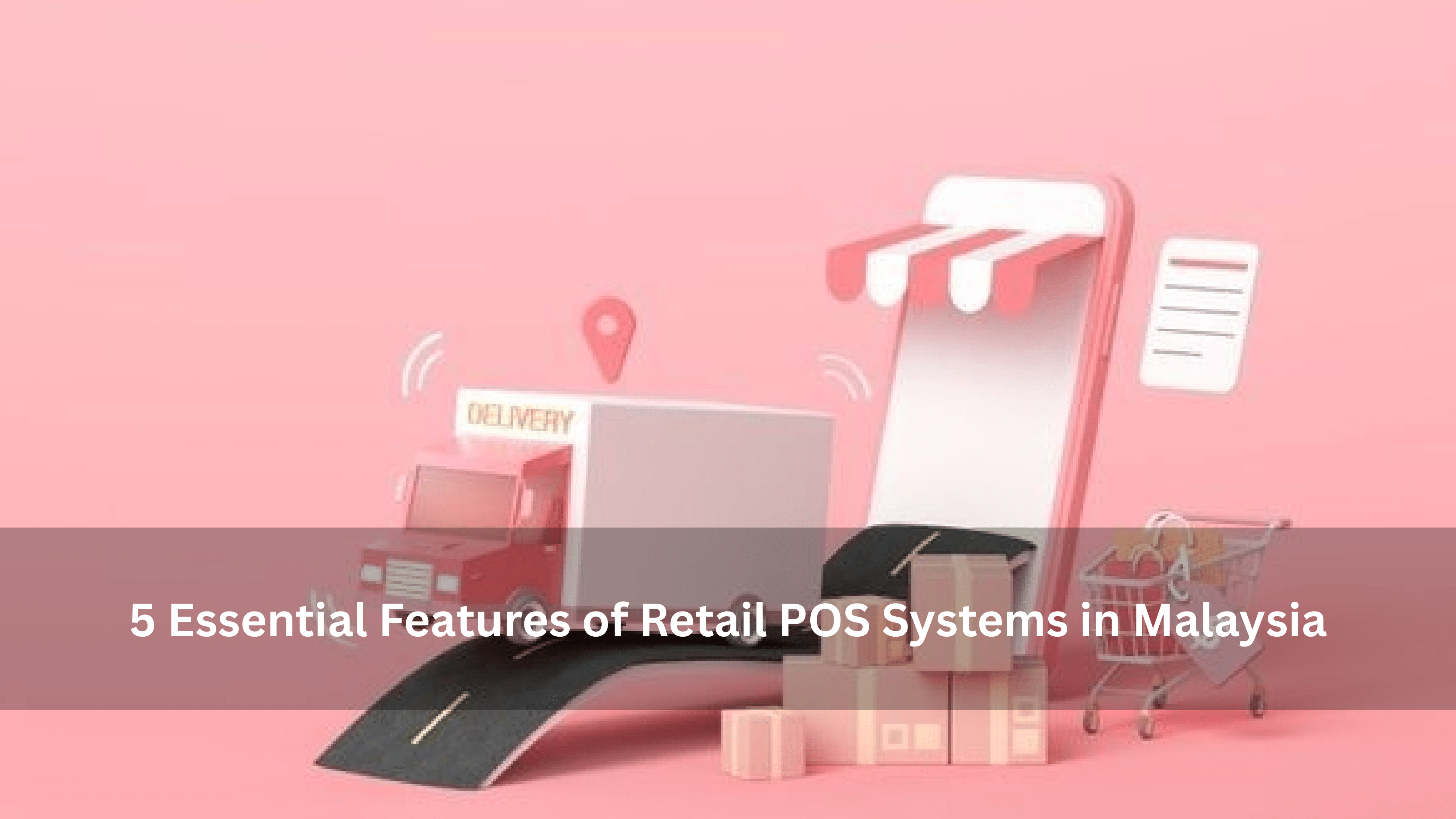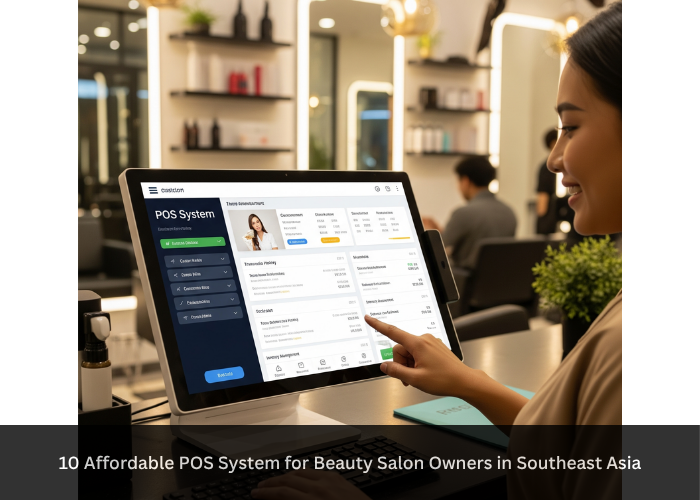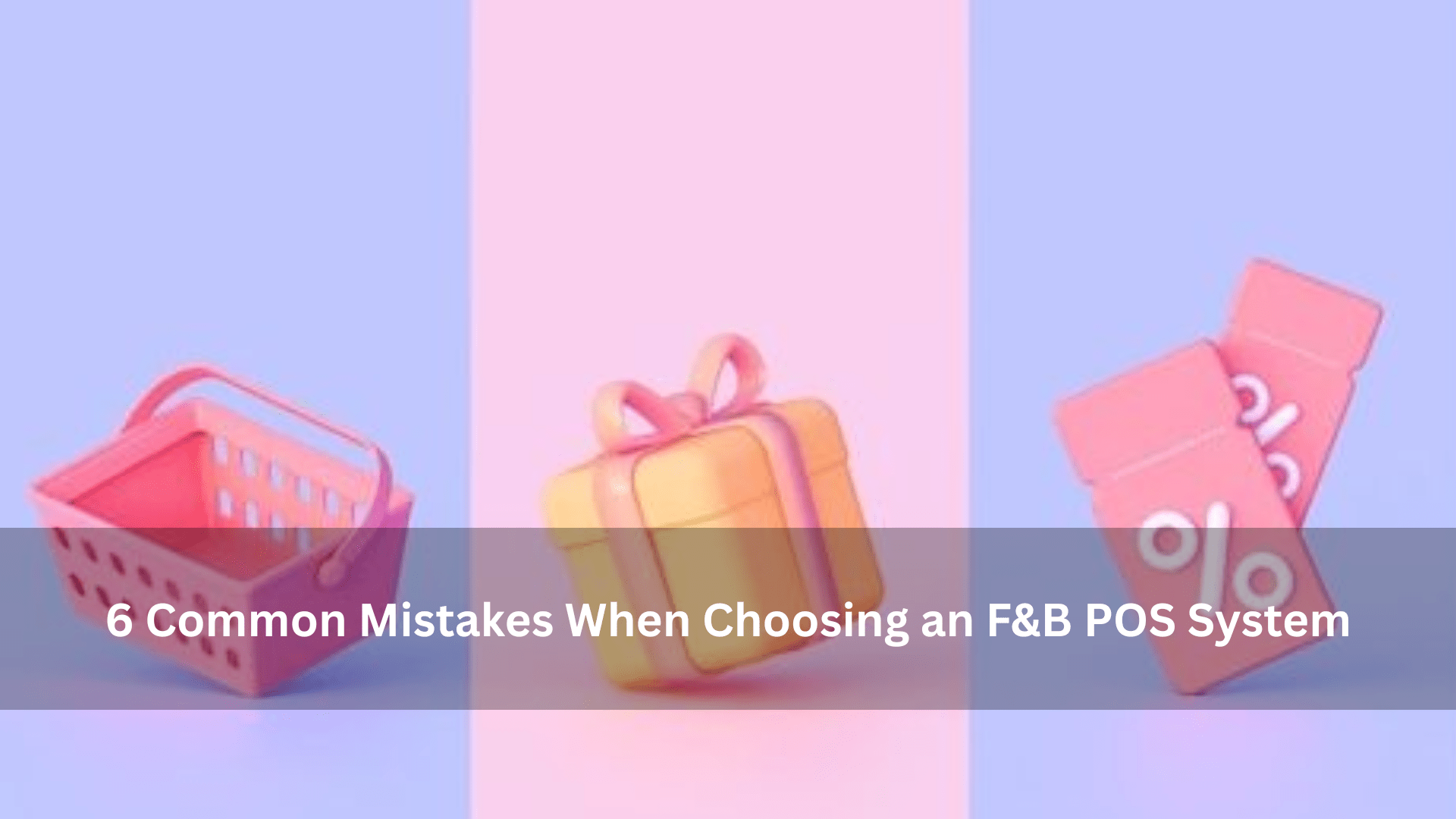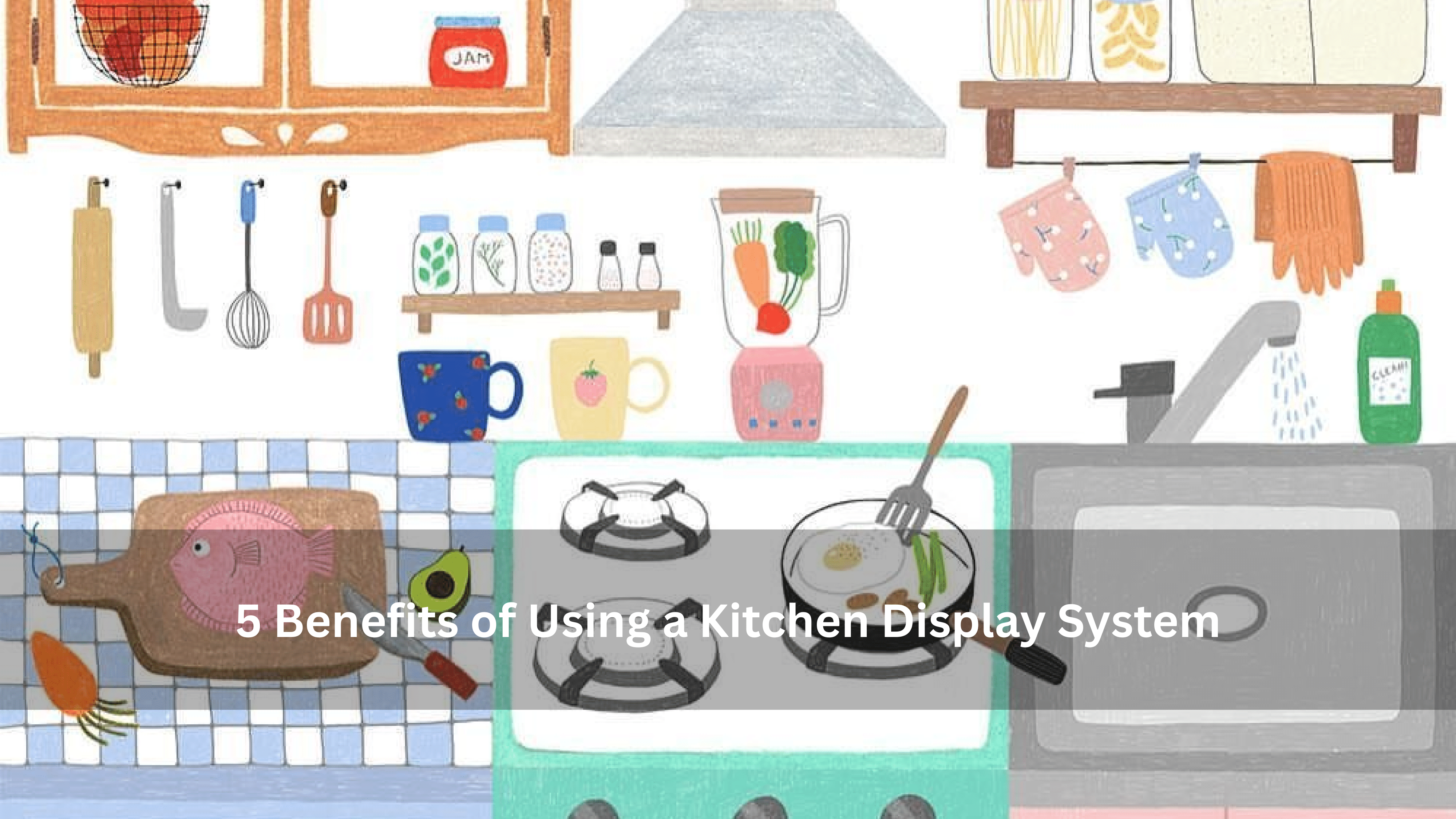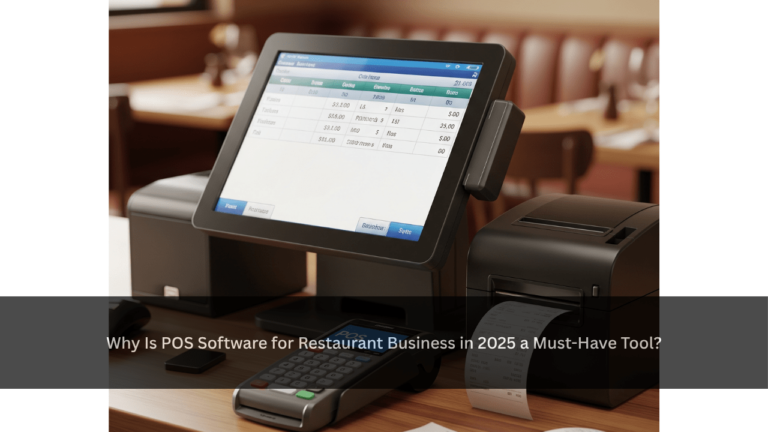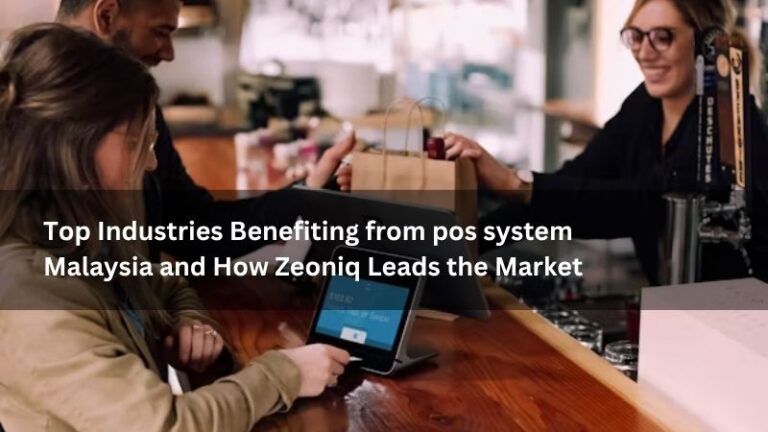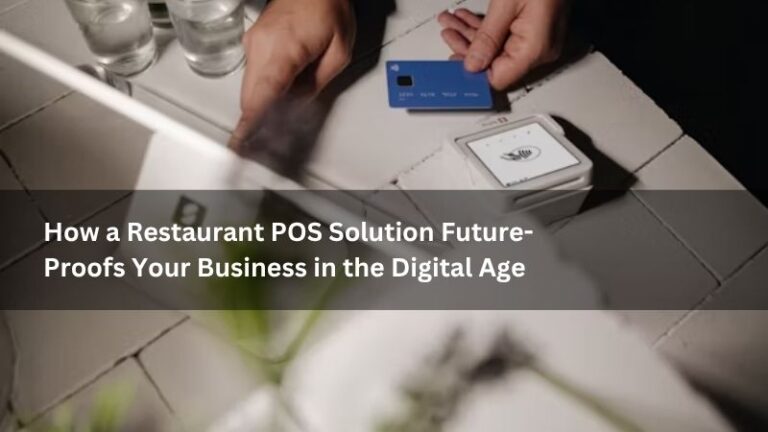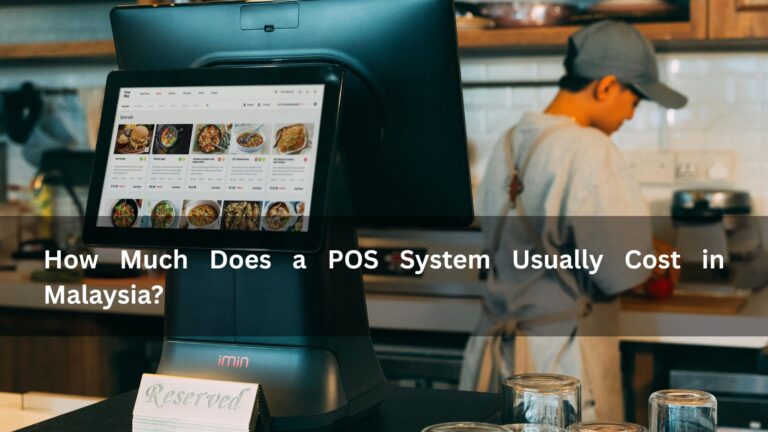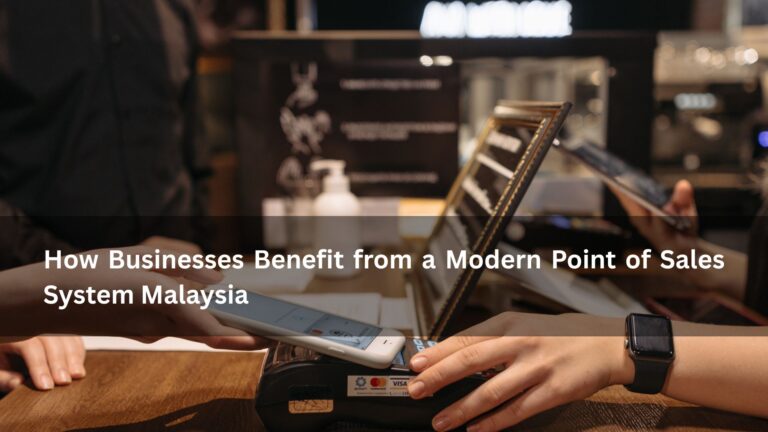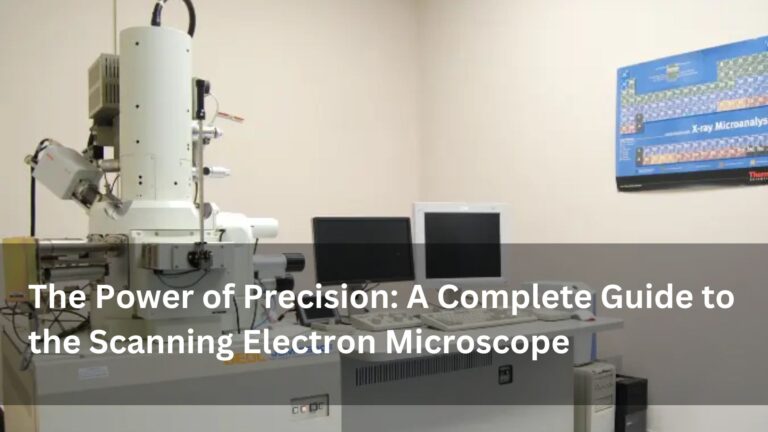Malaysia’s food‑and‑beverage scene is one of the most vibrant in Southeast Asia. From kopitiams and hawker centres to Michelin‑listed fine‑dining rooms, operations of every size now depend on digital tools to stay competitive. At the heart of that tech stack sits the F&B POS system Malaysia businesses adopt. The right platform doesn’t just record transactions; it orchestrates orders, inventory, loyalty, delivery, and real‑time insights across the whole enterprise.
Choosing incorrectly can lock you into clunky workflows, hidden costs, and compliance headaches. Choosing wisely frees up cash, speeds service, and delights guests. Below you’ll find the seven core areas to examine before you sign any contract. Together they form a 3,000‑plus‑word blueprint for evaluating the perfect F&B POS system Malaysia operators need today.
Why an F&B POS System Malaysia Businesses Choose Must Align With Local Market Realities
Malaysia’s payment landscape has shifted dramatically in the last three years. The unified DuitNow QR standard now supports 2.6 million acceptance points, dwarfing traditional card terminals and driving RM 31 billion in annual transactions. Any solution you shortlist must therefore support:
DuitNow QR & multi‑e‑wallet routing (GrabPay, Boost, Touch ’n Go, Maybank QRPay)
Offline caching so QR payments still flow during internet hiccups
Instant settlement reports that reconcile QR amounts with card, cash, and BNPL
Equally local are Malaysia’s dual‑rate SST rules. From 1 July 2025, service‑sector tax bands jump to 5 %, 6 %, 8 %, or 10 % depending on category. A future‑proof F&B POS system Malaysia restaurants adopt must let you:
Map multiple SST rates to menu items
Print compliant tax invoices in both Malay and English
Isolate tax‑exempt sales (e.g., zero‑rated fresh foods) for audit ease
Failing to align with these uniquely Malaysian factors adds cost, time, and regulatory risk from day one.
Core Features Every F&B POS System Malaysia Outlet Needs on Day One
Think of core features as the “operating system” for daily service:
| Operational Need | Feature to Insist On | Benefit |
|---|---|---|
| High‑turn tables | Table & seat management with visual floor plan | Faster turns, fewer order mix‑ups |
| Menu agility | Real‑time price & modifier editing | Instant Happy‑Hour or sold‑out flags |
| Busy kitchens | Kitchen Display System (KDS) sync | Ticket‑less workflow & colour‑coded courses |
| Multi‑channel sales | Integrated delivery & QR ordering | Eliminates double‑keying & misfires |
| Tight margins | Ingredient‑level costing & variance alerts | Cuts waste and boosts GP margin |
Use platforms like StoreHub as a reference point when vendors pitch “add‑on modules” at extra cost.
Payment Flexibility: What an F&B POS System Malaysia Solution Should Support
Card swipes are no longer the only game in town. Your POS must route, queue, and reconcile every modern rail:
NFC cards & watch wallets (Visa payWave, Mastercard PayPass, Apple Pay, Samsung Pay)
Bank Transfers/FPX for enterprise catering invoices
BNPL services like Atome or GrabPayLater for high‑ticket dining
e‑Wallet one‑tap refunds to resolve disputes in seconds
Multi‑currency handling for tourist hotspots (SGD, USD, CNY)
Because QR volumes are growing faster than card volumes, the payment screen should dynamically prioritise QR tender buttons during busy shifts.
Inventory & Kitchen Synergy With an F&B POS System Malaysia Restaurants Use
Food cost control lives or dies in the hand‑off between front‑of‑house and back‑of‑house. Look for:
Recipe‑level depletion – deducts 50 g of chicken, 10 ml of soy, every time a dish fires
Par level & supplier matrix – auto‑emails POs when par falls below threshold
Wastage logging – tracks spoiled items against staff IDs for coaching
Batch prep & yield – splits a stock pot into accurate portions
Operators who moved from manual counts to automated depletion cut weekly variance by up to 3 %—worth thousands of ringgit a month.
Customer Experience Boosts From an F&B POS System Malaysia Service Model
Malaysian diners increasingly expect personalised experiences. A capable F&B POS system Malaysia platform should:
Capture guest profiles (name, favourite order, allergies) automatically
Issue app‑free e‑wallet loyalty to grow repeat visits
Offer table‑side QR reordering to upsell desserts
Generate targeted SMS vouchers during off‑peak hours
When loyalty and feedback live inside the POS instead of a separate app, adoption rates and marketing ROIs improve.
Integration Capabilities to Demand From an F&B POS System Malaysia Vendor
Your POS is one piece of a wider ecosystem. Must‑have integrations include:
Accounting: Xero or QuickBooks one‑click sync
e‑Commerce: Shopify or WooCommerce menu mirroring
Payments: DuitNow QR aggregator and terminal management
Logistics: GrabExpress or Lalamove for self‑delivery
HR & Payroll: Clock‑in/out exports to Talenox or Kakitangan
Ask vendors about their open API library, integration costs, and support for future connections.
Local Support and Compliance in an F&B POS System Malaysia Context
Downtime at peak hours can destroy revenue. Prioritise vendors who offer:
24/7 WhatsApp support with fast SLAs
On‑site hardware swaps for Klang Valley
Training videos in Malay, English, Mandarin
SST rule updates automatically pushed
Cloud hosting in Malaysia or Singapore for PDPA compliance
Interview current users to verify service levels, not just the vendor’s sales promises.
Future‑Proofing Your Operation With an F&B POS System Malaysia Platform
Technology and customer behaviour evolve constantly. Choose a system that:
Runs on Android, iOS, and Web
Supports modular upgrades (e.g., kiosks, self‑order tablets)
Handles multiple locations (corporate, franchise, ghost kitchen)
Delivers regular feature updates
Offers AI‑powered forecasting for sales and prep
Avoid systems with slow roadmaps or legacy lock‑ins that hinder your future growth.
Final Thoughts: Crafting Your Own Shortlist for an F&B POS System Malaysia
Selecting a modern F&B POS system Malaysia eateries truly benefit from is about disciplined evaluation. Use this checklist:
Local market fit – DuitNow QR, SST, multilingual UI
Core features – table, KDS, cloud back‑office
Payment flexibility – cards, QR, BNPL
Inventory/kitchen control – recipe tracking, wastage logs
Customer experience – loyalty, CRM, QR re‑order
Integration – accounting, delivery, HR
Local support – 24/7 help, tax updates
Future‑readiness – AI, modularity, multi‑location
Compare vendors with this matrix in hand. The one that checks all boxes at a sustainable cost is the partner who’ll help you scale successfully in Malaysia’s evolving F&B landscape.

